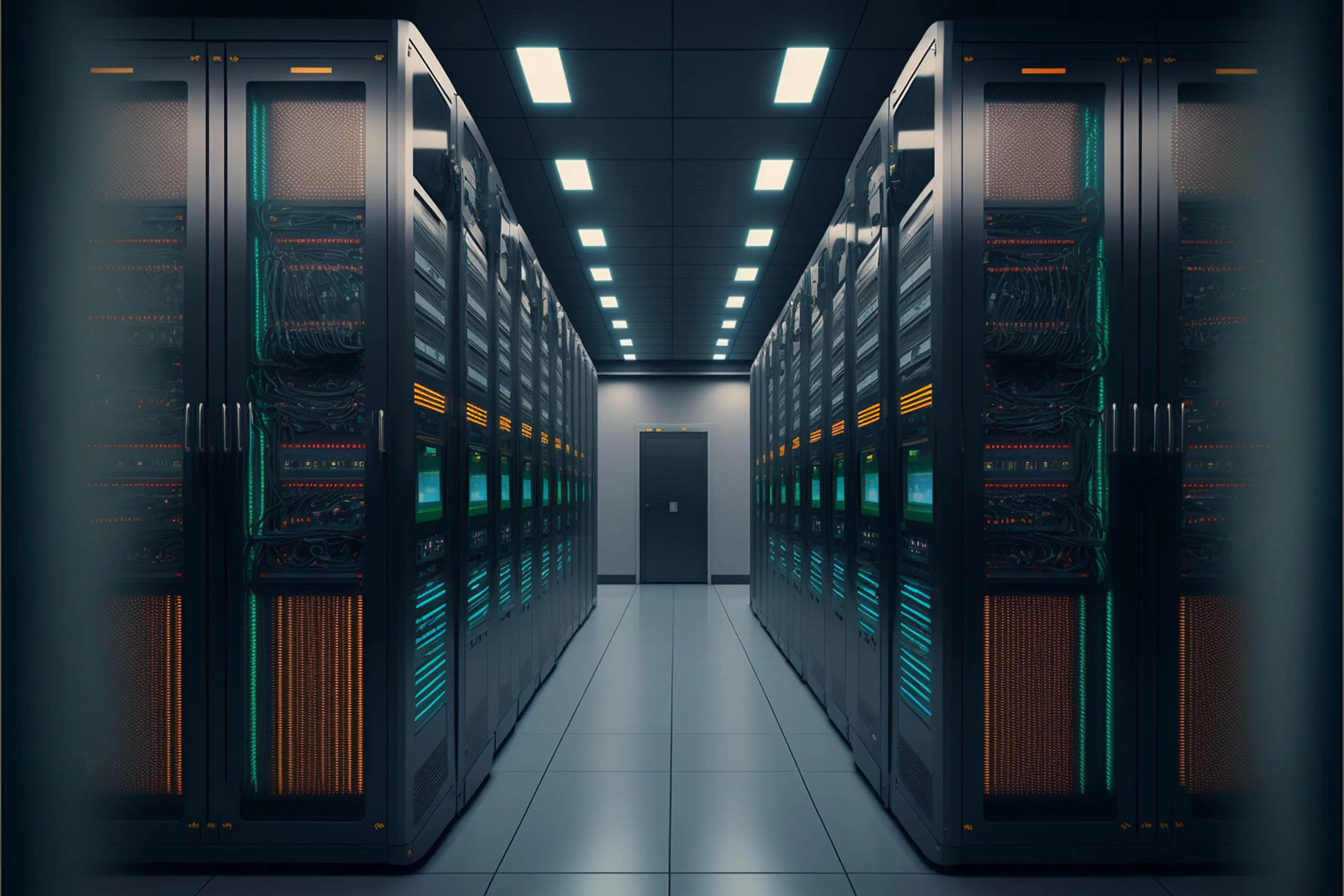
Financing any type of business venture can be complicated – much more so than, for example, financing the purchase of a home. If you’ve ever had wrist cramps from the stack of paperwork you sign during a home closing you know what I mean. But in many respects, data center financing takes the cake when it comes to complexity.
There are multiple approaches to structuring data center financing, and many variables to consider if you want to avoid missing out on special funding opportunities such as sustainability incentives.
Let’s delve into the essentials of data center financing, discussing how it generally functions, the advantages and disadvantages of various financing strategies, and optimal practices for securing the best financing agreement for a new data center.
Data center financing refers to the process of acquiring funds, commonly through one or more loans, to support the purchase, construction, or enhancement of a data center. Data center financing agreements frequently assist in covering the costs of the assets and equipment that companies plan to set up within a data center facility.
Securing a loan for a data center might initially appear no more difficult than securing any other business loan. You determine the required funds, locate a lender, justify your investment, and receive the funds, correct?
Insert record needle scratch sound effect.
Due to a few factors, financing a data center can be especially complex.
 Generally, the difficulty in securing a data center project loan arises from the lack of standardization or consistency in lenders’ handling of data center financing applications and in how such projects proceed. This lack of uniformity makes the process of securing a data center loan more intricate than the process of securing loans for most other business investments.
Generally, the difficulty in securing a data center project loan arises from the lack of standardization or consistency in lenders’ handling of data center financing applications and in how such projects proceed. This lack of uniformity makes the process of securing a data center loan more intricate than the process of securing loans for most other business investments.
Lenders see requests to finance a new McDonald’s or open a so-many-square-feet coffee shop all day long. A new datacenter build is a lot less common animal.
Generally, it’s advisable to engage with multiple lenders when seeking any loan. This is because terms of lending may vary across different banks. This becomes even more crucial when it comes to data center financing, as it’s likely that some lenders may interpret the entire project differently from their counterparts.
For instance, a lender viewing your data center as a real estate investment might propose vastly different finance terms compared to another who sees it as a leveraged loan. Ignoring such diversity could restrict your understanding of available options, making it crucial to not just jump at the first offered deal.
It can be more straightforward to finance all aspects of a data center venture including real estate acquisition, construction expenses, and IT equipment costs under one loan. In some scenarios, this could even lead to reduced overall loan costs owing to the fact that lenders may provide additional incentives for businesses looking for higher-value loans.
It’s often the case that total borrowing costs will be lower if borrowers divide their funding into multiple loans. This strategy also provides more flexible loan repayment terms. For instance, you might prefer to pay back the cost of IT equipment in just a few years, while taking longer to settle real estate costs.
 Businesses might have the opportunity to capitalize on a variety of financial incentives when financing a data center project. As an example, numerous states provide tax incentives for data centers, especially those that invest in sustainable technologies. These incentives don’t directly translate to lower borrowing costs, but they can alleviate some data center expenses and decrease the amount businesses need to borrow.
Businesses might have the opportunity to capitalize on a variety of financial incentives when financing a data center project. As an example, numerous states provide tax incentives for data centers, especially those that invest in sustainable technologies. These incentives don’t directly translate to lower borrowing costs, but they can alleviate some data center expenses and decrease the amount businesses need to borrow.
Given the expansive timelines and shift in priorities associated with data center projects, you shouldn’t consider financing terms as immovable. It’s often necessary to renegotiate a loan, or secure additional funding, once a project has begun.
You should inquire about lenders’ flexibility in this aspect before securing a loan, and not hesitate to invite them back to the negotiating table if your financial needs alter. Most lenders would prefer to adjust a substantial loan than let a project fail because, for example, construction costs turned out to be higher than anticipated and the initial financing no longer covers the expenses.
Despite the absence of a singular foolproof method for streamlining data center financing, numerous potential courses of action exist to assist enterprises in securing the necessary capital under optimal conditions. The complexity inherent in data center loans dwarfs that of various other commercial loans, underscoring the need for comprehensive preparatory work to acquire the most beneficial deal.
LowEndBox is a go-to resource for those seeking budget-friendly hosting solutions. This editorial focuses on syndicated news articles, delivering timely information and insights about web hosting, technology, and internet services that cater specifically to the LowEndBox community. With a wide range of topics covered, it serves as a comprehensive source of up-to-date content, helping users stay informed about the rapidly changing landscape of affordable hosting solutions.
























Leave a Reply